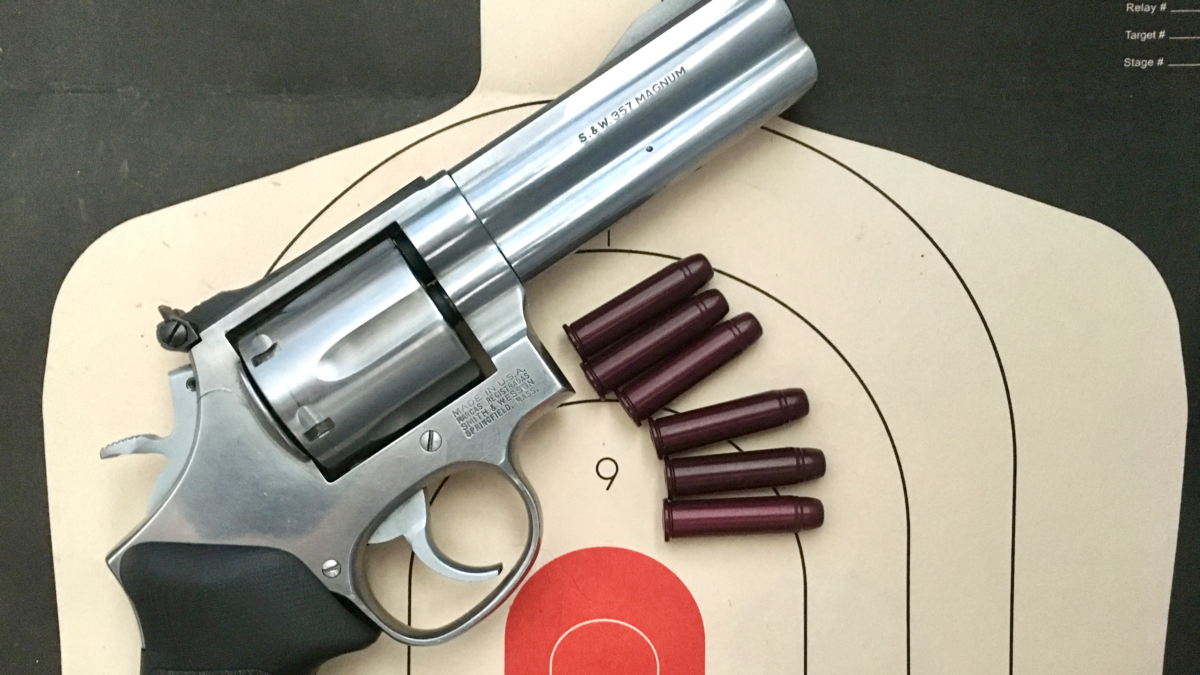My first post of this year briefly discussed my goal of doing 3,650 minutes of dry practice in 2019. I’ve just wrapped up my first (almost) two weeks of dry practice. I know these posts probably won’t interest most of you; they are mostly for my own accountability. Here are my results to this point in the year:
January 1: 10 minutes
January 2: 15 minutes
January 3: 15 minutes, 100-round range session
January 4: 10 minutes, 10 minutes, 100-round range session
January 5:10 minutes, 10 minutes
January 6: 10 minutes, 10 minutes, 100-round range session
January 7: 10 minutes, 10 minutes
January 8: 10 minutes, 10 minutes
January 9: 10 minutes, 10 minutes
January 10: 10 minutes, 10 minutes
January 11: 10 minutes, 10 minutes
Total: 200 minutes (3 hours, 20 minutes)
Aggregate: +90 minutes
Focus Areas
During this two-week period I focused on one primary area: getting the gun out of the holster (from concealment) and getting a fast first shot on target. I think this is perhaps the most important skill an armed citizen can master. I performed most of my dry practice using my daily carry firearm. Assuming I’m taking my time and getting four presentations in per minute, that means I got in about 800 repetitions of drawing my gun, manipulating the safety, and pressing the trigger. Future sessions will be more varied. Since I’ve only recently adopted this platform I wanted to get intimately familiar with my presentation.
Why so many two-a-days? Fifteen minutes of dry practice is too much. At least for me on a daily basis, focusing on one skill for two weeks. I found that I had a better, more focused session if I limited myself to 10 minutes at a time. After the first couple of days I decided that if I wanted to dry practice more to break it into two sections. That is why you will notice that beginning January 4 there are some days with two entries. These were all separated by several hours (i.e. a morning session and an evening session). I have some travel coming up, and I definitely don’t want to fall behind so early in the year, so I’m working to get ahead.


Nice work… I wonder about the speed to first shot thing. If it needs to be fast, they are probably so close you can do contact shots. If the threat is distant, I imagine I’m going to take my time and be sneaky at my draw. Just speculating here, and I realize every event is different.
Rarely do self-defense scenarios play out the way we imagine they might. Even if it is contact distance you still need to be able to get the gun out and into action quickly. Also there is a big, fuzzy area between, let’s say, 3 and 10 yards where it may very well need to be fast and where I would not feel comfortable making an unsighted shot. Finally, and personally, if I have time to make a sneaky draw and make a slow, sighted shot, I also might have time to get off the “x” and live to tell about it – my preferred course of action.
Fair enough.
Thanks for posting this. I don’t know that I am all that interested in the actual times (though I understand the benefit for accountability), but I do think it is worthwhile to read what you are focusing on with these sessions. I haven’t specifically worked on draw/presentation in a while, so your post is a nice reminder that I should do that.
For calculating your aggregate practice, it seems like you may need to switch to a Julian calendar soon (thank goodness for cal -j in Linux/Mac). 🙂